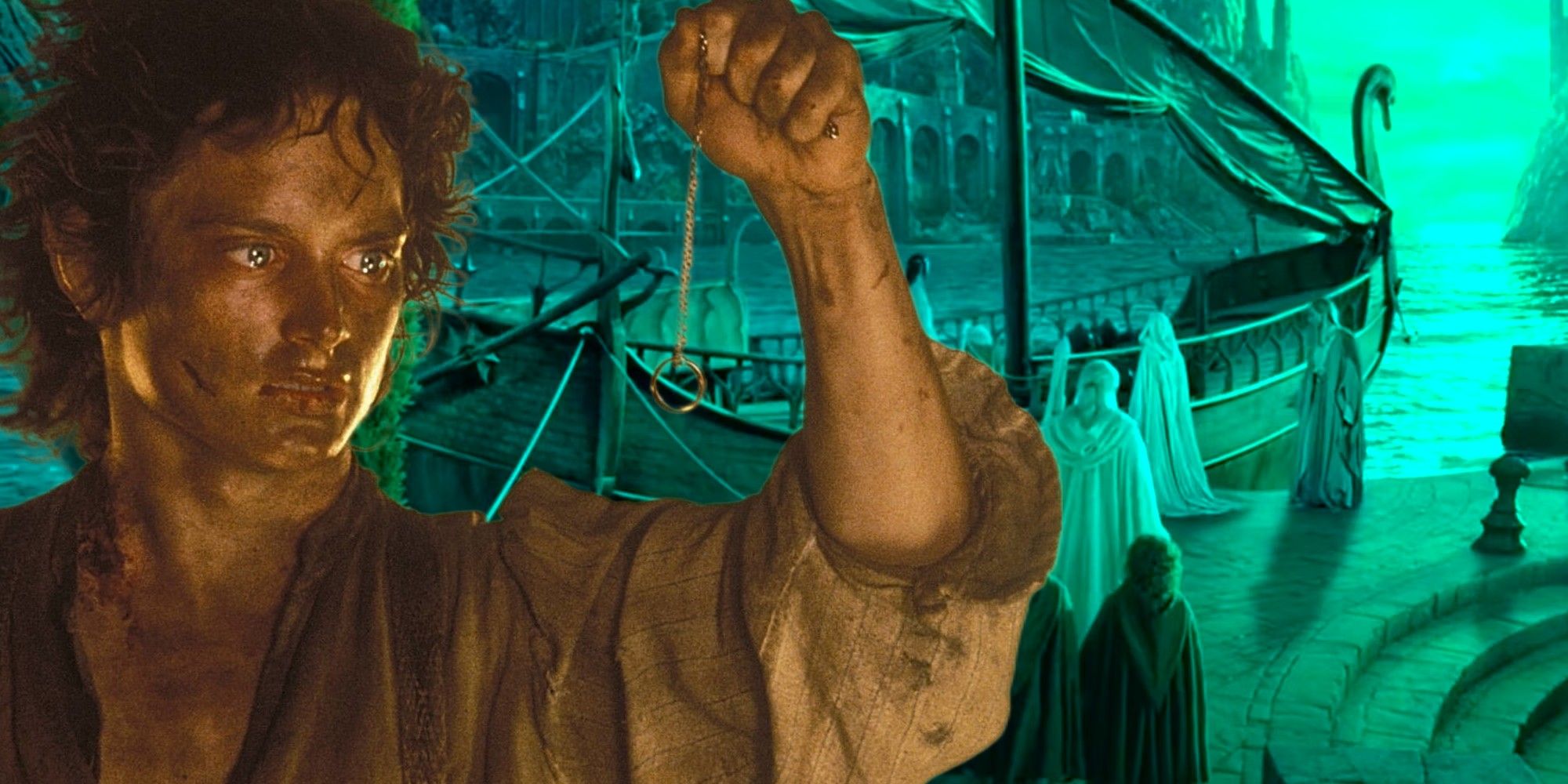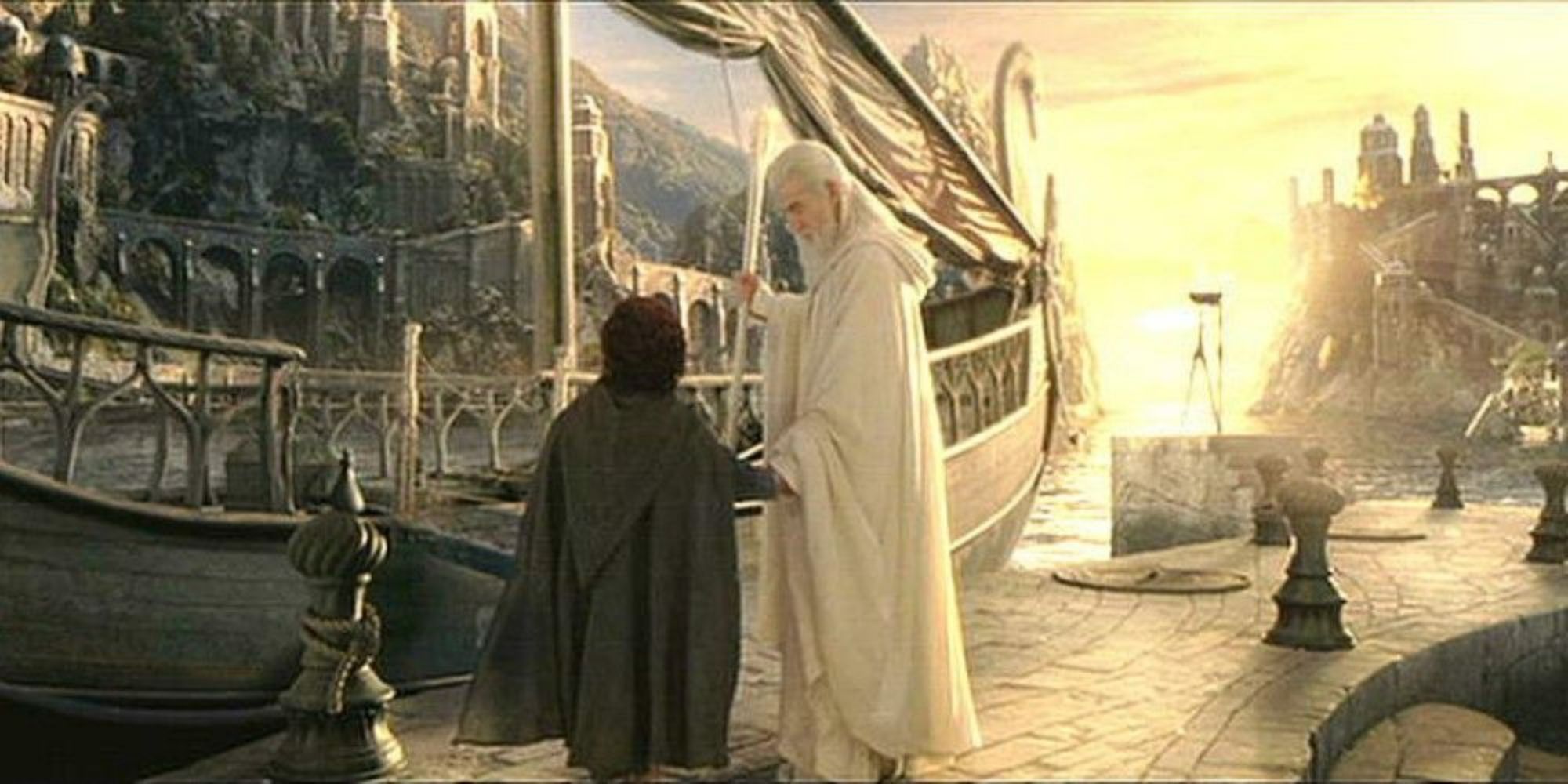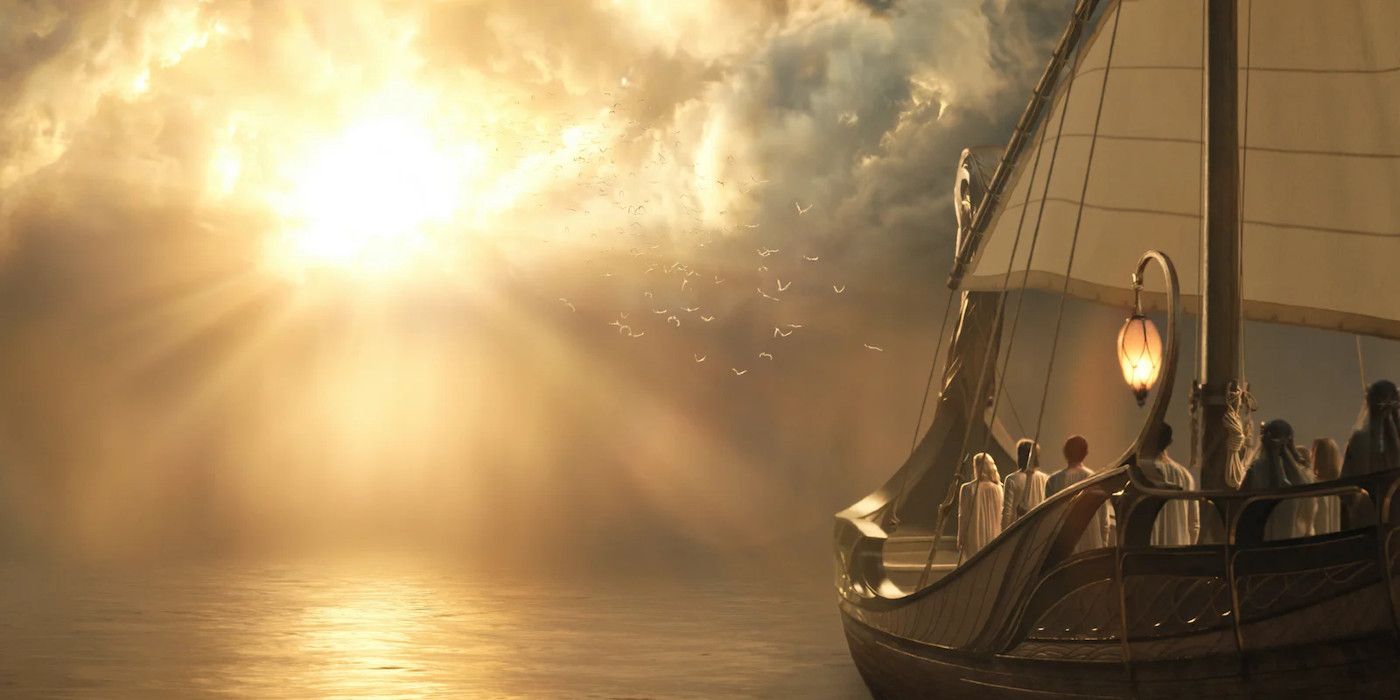Summary
- Frodo leaves Middle-earth for the Undying Lands due to the lasting physical injuries he sustained on his journey, which couldn't be cured in Middle-earth but would not be fatal in the Undying Lands.
- Frodo's decision to leave Middle-earth is also influenced by his emotional trauma and the annual return of the pain from his injuries, which haunted him every year.
- The Undying Lands can be seen as a metaphor for Frodo making peace with his own traumatic experiences, leaving behind the soldier he was and finding a new life free from the horrors of war.
Frodo went to the Undying Lands at the end of the Lord of the Rings trilogy, but many wonder why Frodo left Middle-earth instead of settling down in the Shire like Sam. The reasons for the Elves inviting him are clear given his destruction of the One Ring and Sauron, but Frodo's reasons for accepting are less so. While he makes the return to the Shire with the other hobbits, Frodo doesn't stay long and bids a bittersweet farewell to Sam and the others. Ultimately, it was the injuries that the ring-bearer Frodo endured on his journey that pushed him to leave Middle-earth. However, there are even deeper reasons why Frodo left Middle-earth.
After staying in the Shire for a while, Frodo Baggins leaves on an Elven ship alongside Gandalf and Bilbo and sets off for the Undying Lands - also known as Valinor — a realm outside Middle-earth. While Peter Jackson's Lord of the Rings doesn't provide much elaboration, Frodo left Middle-earth as a matter of survival. Injuries he sustained from dark and unnatural sources like the Witch King were incurable through conventional means, but wouldn't be fatal in the Undying Lands. Frodo's immense sacrifice earned him passage to the Undying Lands, just like Galadriel in The Rings of Power.
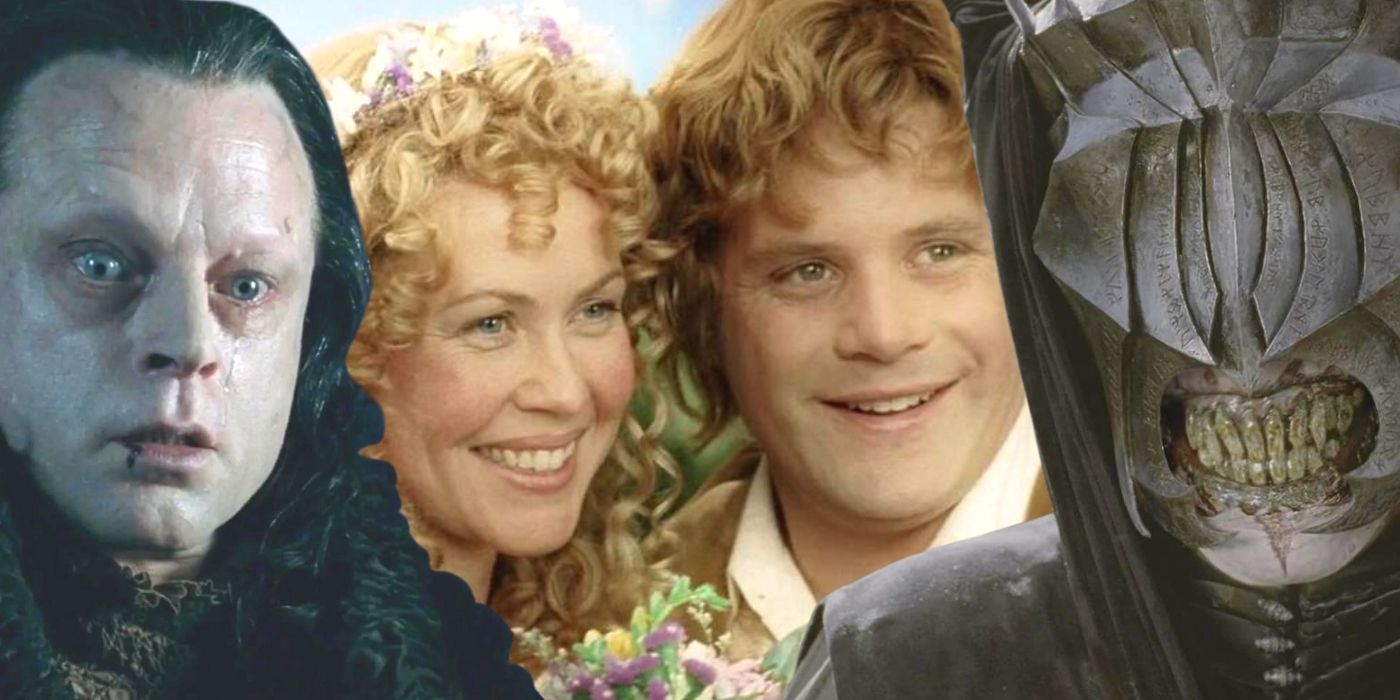
Every Extra Scene Added In Lord Of The Rings' Extended Editions
The Lord of the Rings extended editions add over 2 hours of content to the trilogy. Here's everything Peter Jackson cut from the theatrical release.Frodo Leaves Because His Injuries Still Torment Him
Being Stabbed By The Witch King And Poisoned By Shelob Had Lasting Impacts
In addition to getting stabbed by the Witch King of Morgul in The Fellowship Of The Ring, Frodo sustained another dark injury in Return of the King. When Frodo and Samwise Gamgee (Sean Astin) were in the tunnels on their way to Mordor, they had a terrifying confrontation with the giant spider Shelob. They tried to escape her clutches, but Shelob attacked Frodo and used her stinger to poison him. Frodo recovered, and ultimately his injury didn't stop him from destroying the Ring. However, much like the Ringwraith's blade, the injury he sustained from Shelob would never permanently abate.
Frodo experienced much emotional and physical trauma during Lord of the Rings, but perhaps what bothered the hobbit the most was the annual return of these two injuries. On the anniversary of his stabbing at Weathertop, he would feel the pain of his shoulder wound all over again. He had a similar experience on the anniversary of the incident with Shelob. What this means is that Frodo's traumatic injuries would always come back to haunt him every year. The only way for Frodo to find peace was for him to leave Middle-earth and head to the Undying Lands, in the hopes of finally healing his injuries.
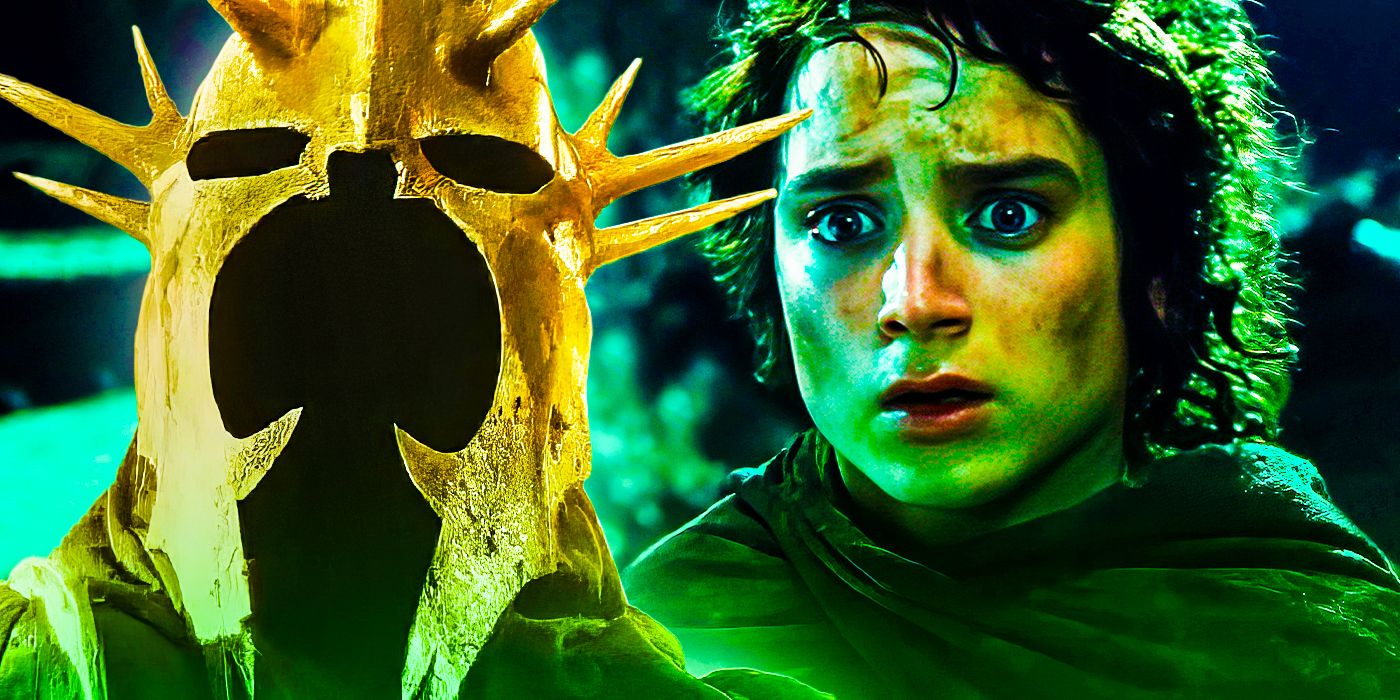
Why Lord Of The Rings' Ringwraiths Didn't Use Their Flying Beasts To Hunt Frodo
The Lord of the Rings trilogy would have played out very differently if the Ringwraiths pursued Frodo on their flying beasts. Why didn’t they?Trauma Influencing Frodo's Decision To Leave Middle Earth Is A Metaphor
Tolkien's Own Traumatic Experiences May Have Influenced Frodo's End
While it's a common belief among some that the Undying Lands represent Frodo dying and going to Heaven, this isn't the case, as the Undying Lands is an actual place. As the ring-bearer, Frodo, against all odds, completed his mission and didn't die at the end of the trilogy, but instead sailed towards a new chapter in his life. That said, Tolkien has a lot of Christian parallels in his work, and the Undying Lands are still a very clear metaphor for Heaven or the Garden of Eden. In addition to his physical injuries, Frodo's journey could be considered a metaphor for the author's own transformation.
Prior to the success of the Lord of the Rings books, J.R.R Tolkien was traumatized from his time as a soldier in World War I. From this perspective, the Undying Lands could be seen as a metaphor for Frodo making peace with his own traumatic experiences, leaving the soldier he was behind for a new life free from the horrors of war. Though it's unclear if Frodo became immortal in the Undying Lands, there is some solace in knowing that Frodo had a peaceful and well-deserved ending to his story.
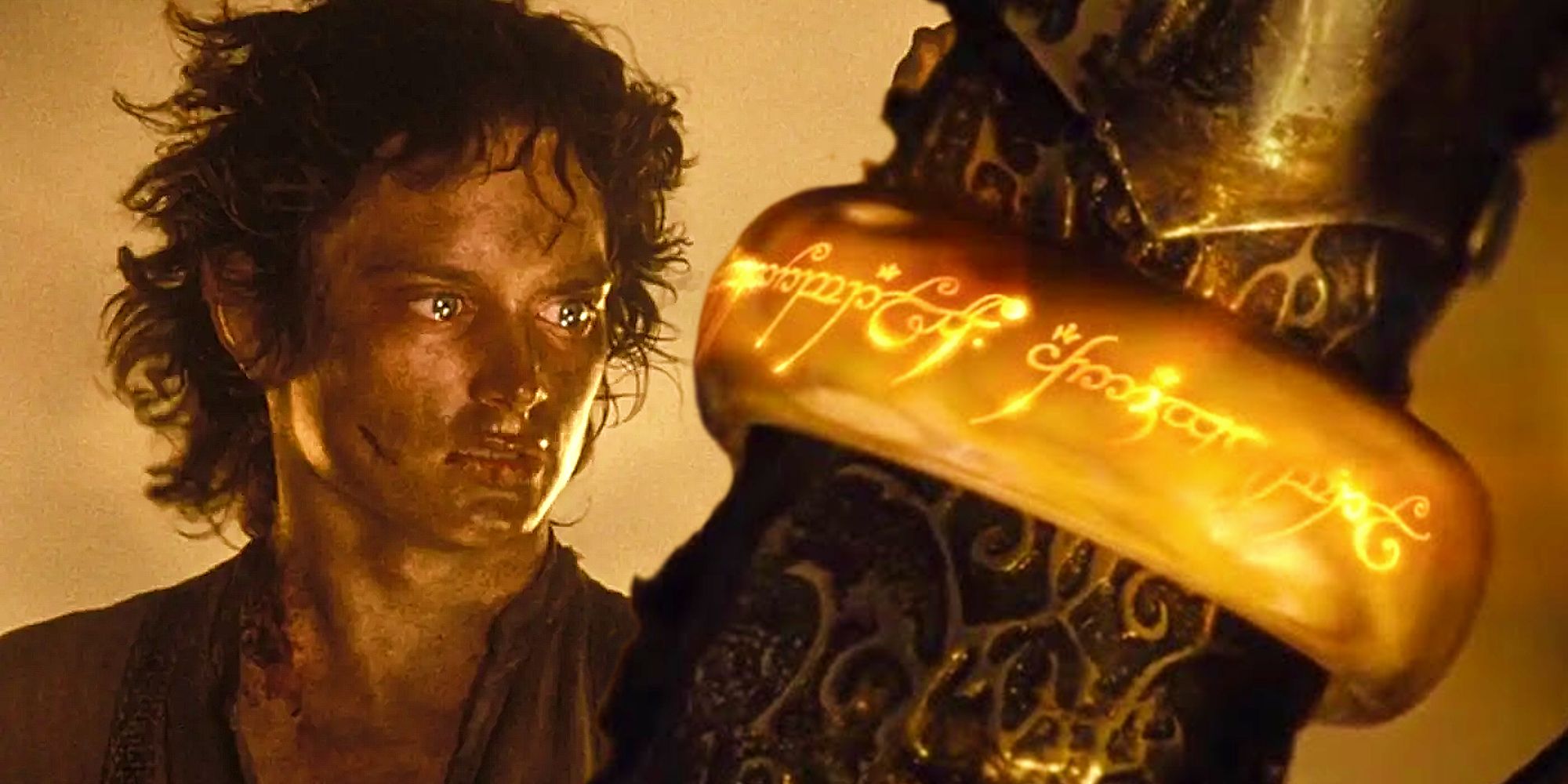
What The One Ring Actually Does In Lord Of The Rings (Powers Explained)
The Lord of the Rings centers around the One Ring, but what does the Ring of Power actually do in the franchise regarding powers and abilities?The Rings Of Power Finally Shows Where Frodo Went
The Show Also Cements Frodo As A True Hero
Through Rings of Power's Valinor, Frodo's Lord of the Rings ending is easier to picture for long-time viewers of the franchise. While the show is set thousands of years before the films, the scenes showing the Undying Lands or Valinor in Rings of Power, at long last, give audiences a visual representation of where Frodo ended up after leaving the Shire. Moreover, as Rings of Power explained why Galadriel was chosen to leave for Valinor, the show also further contextualizes how Frodo Baggins, alongside the likes of Galadriel and Gandalf, is essentially one of the great war heroes in Lord of the Rings and the history of Middle-earth.
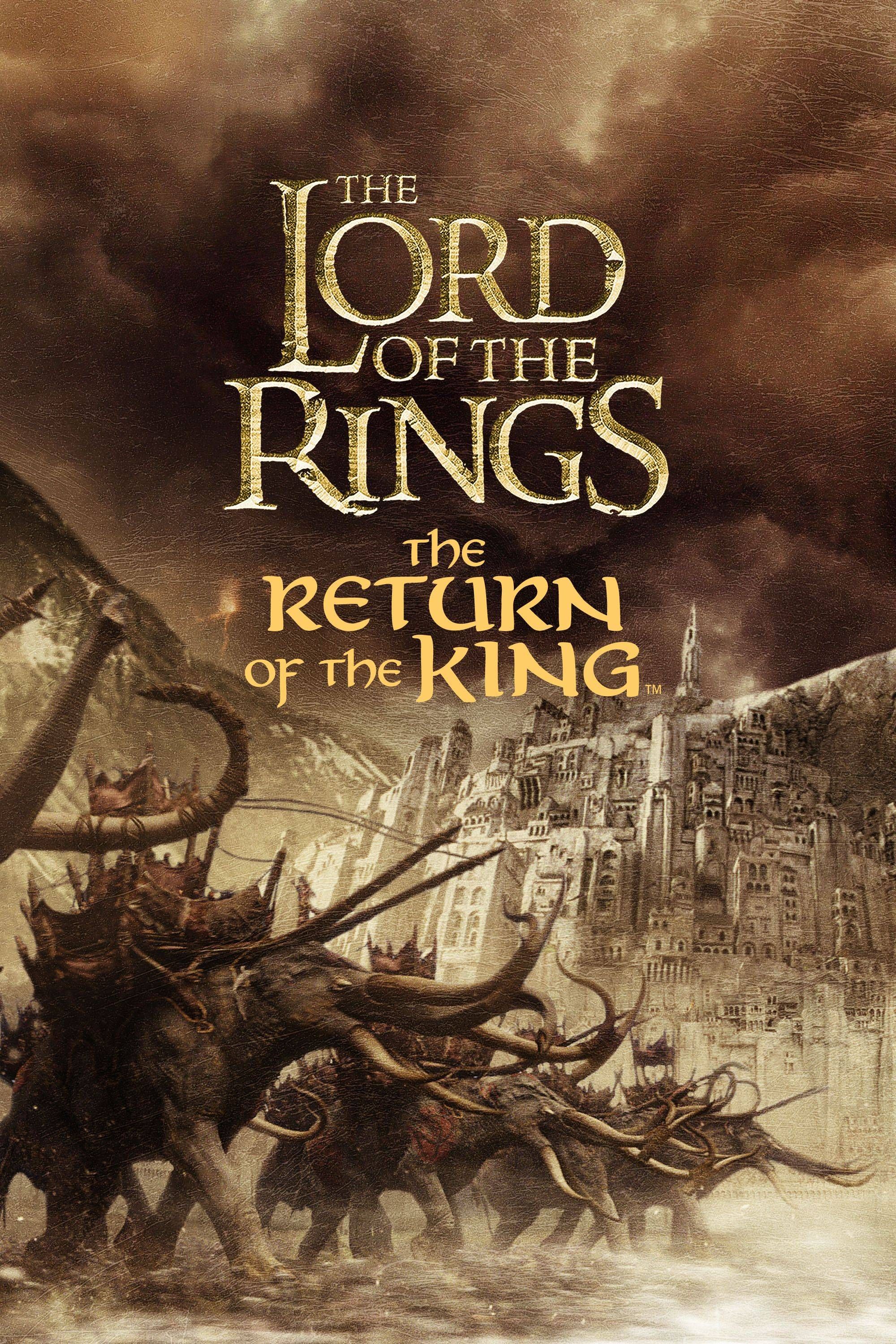
The Lord of the Rings: The Return of the King
The final installment of the Lord of the Rings trilogy, The Return of the King concludes the epic saga of the Fellowship's quest to destroy the One Ring and put an end to Sauron's reign of terror. As Frodo and Sam continue on their way to Mordor and Mount Doom, accompanied by Gollom, the rest of the Fellowship work to defend Minas Tirith from Sauron's forces. The film's ensemble cast includes Elijah Wood, Sean Astin, Ian McKellen, Vigo Mortensen, Orlando Bloom, John Rhys-Davies, Billy Boyd, and Dominic Monaghan.
- Release Date
- December 3, 2003
- Director
- Peter Jackson
- Cast
- Elijah Wood , Ian McKellen , Liv Tyler , Viggo Mortensen , Sean Astin , Cate Blanchett , John Rhys-Davies , Bernard Hill , Billy Boyd , Dominic Monaghan , Orlando Bloom , Hugo Weaving , Miranda Otto , David Wenham , Karl Urban , John Noble , Andy Serkis , Ian Holm , Sean Bean
- Runtime
- 210 Minutes
- Writers
- Peter Jackson
- Budget
- $94 million
- Studio(s)
- New Line Cinema
- Distributor(s)
- New Line Cinema
- prequel(s)
- The Lord of the Rings: The Fellowship of the Ring , The Lord of the Rings: The Two Towers
- Franchise(s)
- The Lord of the Rings

